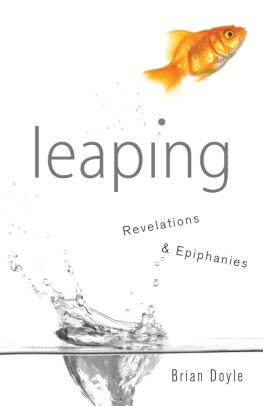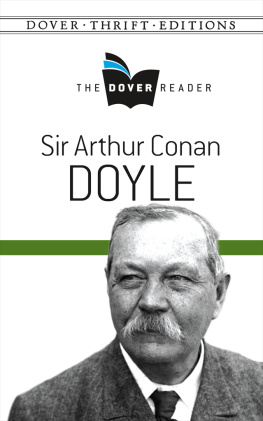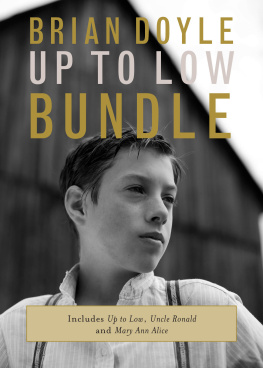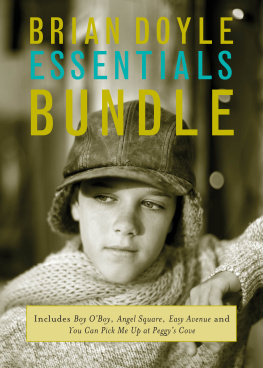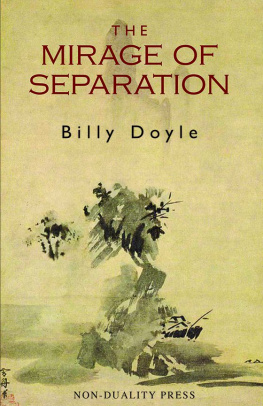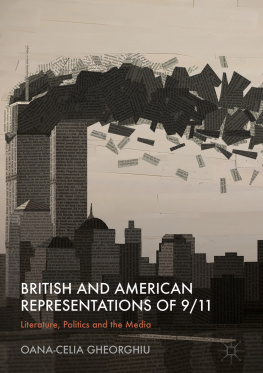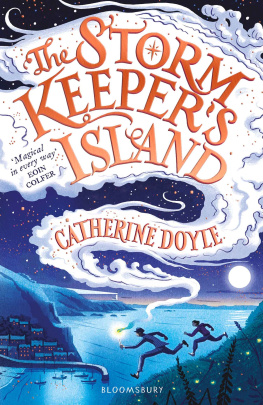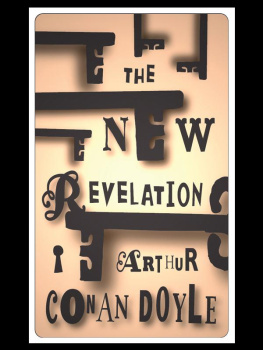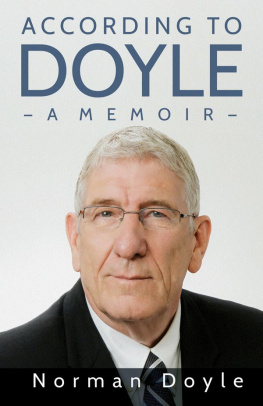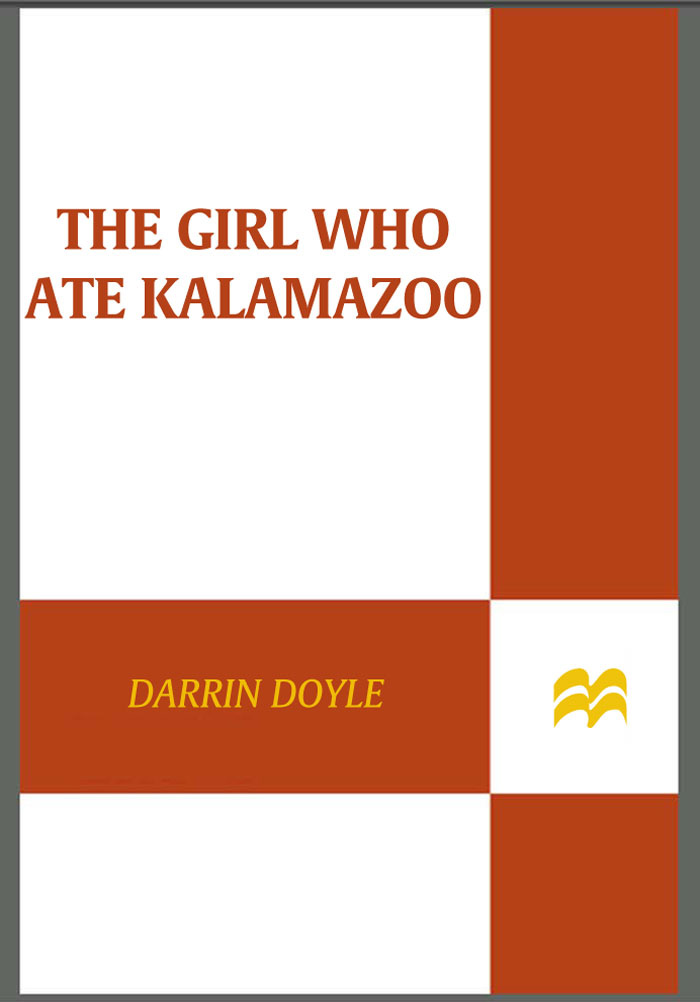Sara Crowe and Vicki Lame for the faith and hard work.
Christine Schutt for the encouragement.
Jason Ockert for the mad tennis skills.
The grounds crew at Miami University of Ohio for the beautiful landscaping, which provided an idyllic setting for writing a portion of this novel in my notebook.
The city of Kalamazoo for the inspiration.
Courtney for everything.
And of course, McKenna Mapes for finally letting us in.
A Note from the Editor
Many rational people will question the decision to bother the marketplace with another Audrey Mapes book. Certainly, the Mall City Muncher has well exceeded her fifteen minutes. Her wonderfully mystifying actindeed, her life itselfmay be remembered less for the benefits to the city of Kalamazoo than the way it turned people off from reading. This is regrettable, but who could blame the common book buyer for running, screaming, from the printed word when the 2000 New York Times bestseller list was choked, week after week, with nonfiction and fiction titles all dealing with the same little Midwestern bombshell?
No doubt we all recall the torrent of pseudo-biographical, pseudo-scientific, and pseudo-historical accounts of the 19971999 Swallowing of Kalamazoo: Maverick Burnss The City That Wasnt and Then Really Wasnt (and Then, At Last, Was); Cecil Rocheports Audrey Mapes: Chewing the Doors of Infamy; Dr. Ellen Moroses The Mother (and Father) of all Eating Disorders: The Mapes Family Tragedy.
Mercifully, those floodwaters have receded. And yet, even if they hadnteven if dozens of Audrey Mapes books were at press right nowI would rush this into print. You see, the book you hold is an entirely different animal than every one that has come before it and any that will likely follow.
A bold statement, to be sure. The truth? Read on.
Like your fellow Americans, you probably didnt hear about the sale of a private residence last spring. The press never covered it. Why would they? Well, the home stood at 219 Moriarty Street, in Grand Rapids, Michigan. Yes, that Moriarty Street. Yes, that house. The last occupant moved out, taking with her only a medium-sized suitcase and a 5' 7' storage crate. She provided instructions with the family attorneys that everything else, the remnants of the estate, be sold at auction and the proceeds given to an undisclosed charity.
The auction received scant attention. The house was left nearly full; only the attic was empty. Little that remained was of monetary valuefurniture, dishes, childrens clothing, a set of barbells, lamps, and a tool bench. As everyone knows, the Mapeses werent rich. Even after Audrey became a worldwide phenomenon, they never ascended from their lower-middle class station. Almost nothing in the house could even be described as the type of personal effect that would attract fetishistic collectors of Mapesorabilia. All of the photographs, scrapbooks, baby books, kids drawings, and so on, had evidently been removedif they ever existed at all. With one momentous exception, what populated 219 Moriarty were the ordinary possessions of an ordinary American family.
Still, if the auction had taken place five years ago, the bidding would have been legendary. A Mapes toaster would have fetched $1,000. A handful of crumbs from the trap: at least fifty bucks, by my reckoning. But now the public has had enough.
There was, however, one curious item on the auction block. Labeled simply, container of handwritten miscellanea, it was a nondescript cardboard box, slightly wider and deeper than a case of copy paper. Bidding began at twenty dollars. Within two minutes, it was sold for forty to a Mr. D. M. Doyle. An estate facilitator had rifled through the box just enough to properly designate it, but no more. It was filled with notebook papermuch of it dog-eared scraps, yellowed, torn in two, stained with liquids. Readily identifiable were grocery lists, To Do lists, phone numbers, reminders of bill payments. Every sheet featured the same cramped, slanted handwriting.
But no one dug beneath the surface.
Thankfully, Mr. Doyle read every word. What he found among those thousand pages was an undiscovered window, one most thought would never exist: a view into one of the most reclusive and talked about families in modern American history. The surviving Mapeses, of course, are legendary for their fiercely guarded privacy. Not a single interview exists on record. No family photographs have ever been leaked to the press or appeared on the internet.
Mr. Doyle pored over the papers for more than a year. What began as the self-described voyeuristic romp of a guy with too much time on his hands evolved, at last, into a labor of love. For he fell in love with the woman behind the wordsher personality, her thoughts, her wit, her maddening contradictions, her lan vital.
But unfortunately there was no cohesion to the random jottings. No story. So Mr. Doyle sculpted it, trimmed it, molded it. Gave it an arc. Found the major conflicts. Attached a suitable epigram. Like Doctor Frankenstein, he stitched together the necrotic segments in order to breathe life into the rantings of this decidedly melancholy and plain woman. He rearranged and pruned so that we could understand. The original scribbling remains intact, including the writers beguiling decision to refer to herself in the third person (most of the time). And so, from this ragged chicken scratch a narrative unlike any other has emerged.
With great pride, I present here the first Audrey Mapes story told by a Mapesmore exactly, Audreys older sister McKenna.
I do not claim to provide the def nitive story of Audrey and her family. It is ridiculous to suggest, in fact, that such a versionone safeguarded against the distortions of guesswork, playfulness, subjectivity, mirth, regret, and so onis even possible. All readers are well-advised to never approach a textfrom The Little Engine that Could to the Bibleas if it were an indisputable account of an event or, more especially, of a human being.
Let there be no doubt, however, that the author of the work you now hold in your hands is the sister of Audrey Mapes. The sheets of paper were lab-tested and certified; the handwriting was analyzed; DNA was collected and matches were confirmed. The reader can read easy, as the phrase goes, knowing that the incidents in this volume have been painstakingly, even painfully, researchednot through interviews and public documents, as has heretofore been the case, but through McKennas first-hand life experiences.
However, please be advised that a few critical moments of the narrative do enter into Audreys mind, whereupon you will be boldly submerged into the clouded waters of that beautiful young monsters thoughts....


